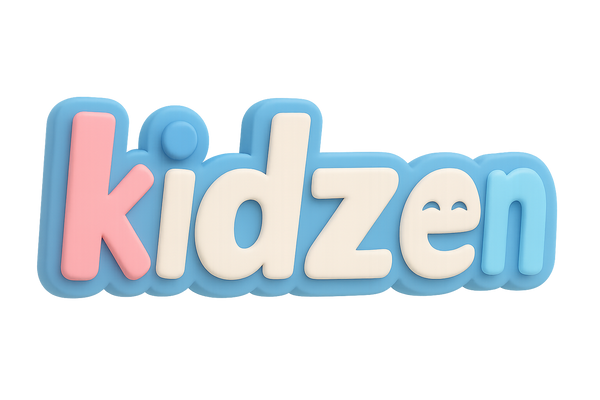
All Aboard Learning: How Train Play Supports Child Development
Share
🎯 1. Building Cognitive & Problem-Solving Skills
Playing with toy trains encourages children to design track layouts, plan routes, and navigate obstacles. This enhances their spatial reasoning and problem-solving abilities—critical cognitive skills well documented in educational psychology alamy.com+4toyworldmag.co.uk+4dreamstime.com+4. A comprehensive scoping review found that such construction play stimulates critical thinking, spatial awareness, and creative problem solving .
🧠 2. Igniting Imagination & Storytelling
Train play often evolves into pretend play, where kids create scenarios, imagine destinations, and develop characters. According to research, this kind of open-ended play fosters creativity, narrative construction, and symbolic thinking—key markers of cognitive development in the pre-operational stage dupagechildrens.org+5mdpi.com+5verywellfamily.com+5.
✋ 3. Enhancing Fine Motor Skills
Connecting tracks and moving tiny train cars help children refine their fine motor skills and hand-eye coordination—skills that are vital for writing, drawing, and self-care tasks . Manipulative toys like train sets promote dexterity through repeated hands-on interactions.
🗣 4. Strengthening Language & Social Interaction
Train play invites narration, negotiation, and collaboration. In group play settings, kids talk about roles (“I’m the conductor!”), share resources, and work toward shared outcomes en.wikipedia.org+14dupagechildrens.org+14pmc.ncbi.nlm.nih.gov+14. A study also showed that train play sessions can increase children’s language production over time mdpi.com.
❤️ 5. Fostering Social Skills & Emotional Intelligence
Train play supports key social-emotional skills like cooperation, sharing, and conflict resolution. When children play together, they learn to take turns, empathize, and respond to peers. Train play has been shown to elicit more pro-social behaviors compared to other toys . It also lays the groundwork for cooperative play and emotional regulation as children navigate social interactions .
💡 6. Supporting Inclusive & Neurodiverse Play
Research shows that children on the autism spectrum often show a strong preference for train play—it provides structure, predictability, and sensory engagement. Because of its familiarity, train play also facilitates smooth social interaction with others dupagechildrens.org+3toyworldmag.co.uk+3childdevelopment.com.au+3. This makes it a powerful tool for inclusive learning environments.
🧩 7. Embracing the Power of Free Play
Train play typically falls under free play, where children self-direct their activity. Such unstructured play fosters executive function, creativity, resilience, and overall developmental growth en.wikipedia.org. Piaget’s theory also highlights this stage as a time when symbolic and pretend play are essential for cognitive expansion en.wikipedia.org.
📊 Summary Table
| Benefit Area | Train Play Impact |
|---|---|
| Cognitive | Spatial reasoning, planning, problem-solving |
| Motor Skills | Fine motor coordination and dexterity |
| Language | Narrative skills, vocabulary growth, collaborative talk |
| Social-Emotional | Turn-taking, negotiation, empathy, cooperation |
| Inclusivity | Structure for neurodiverse learners, improved social comfort |
| Executive Function | Self-directed planning and rule-making |
✅ How to Make the Most of Train Play
-
Create an open-ended train play area with tracks, trains, figures, and accessories.
-
Encourage storytelling: Ask “Where is the train going?” or “Who lives at the station?”
-
Support collaborative play by inviting siblings or friends and guiding turn-taking.
-
Balance adult guidance and independence—let children lead while offering scaffolding.
-
Rotate accessories: change scenery or add bridges and tunnels to spark creativity.
